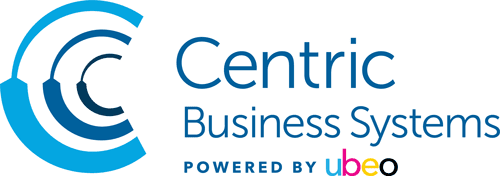Fax in the Era of Coronavirus
Many organizations still use fax to send and receive important documents. There are good reasons for the use of fax — whether through the use of a dedicated fax machine, the fax feature on a multifunction device (MFD), a corporate fax server, or a cloud-based fax service — especially during this time of work-from-home response to COVID-19.
Security and confidentiality should always be paramount when sending and receiving documents. A document sent by traditional fax is sent over the public switched telephone network (PSTN) and not susceptible to hacking, or having malware or viruses attached to the message, which is the risk with sending or receiving a document via email. Cloud fax services use the cloud to receive and send faxes but encrypt the transmission using SSL or TSL protocols for safe exchange between the sending and receiving parties. To be sure, email can also be encrypted, but normally that encryption must be enabled manually by the sender, which decreases the likelihood of it actually being used.
A fax can also be a more reliable way to deliver or receive documents. When a fax is sent, the recipient receives it right away, while email may have a delay if the attached files are large. Fax also offers the sender proof of delivery once it has been received, letting the sender know the recipient got the document. Email also has this capability, but because the receiver can choose not to send a read receipt, the sender only knows that the email made it to the receiver’s organization. The email itself may have landed in junk or spam, or simply gotten lost in the recipient’s inbox among the hundreds of emails most people receive every day. Because fax is a less commonly used communication method, there is much less chance of getting lost in the shuffle, again increasing the reliability of the medium.
The security and reliability of fax can also mean better compliance with privacy regulations in industries such as healthcare, legal, or government. It is virtually impossible to hack transmission over the PSTN, and the confidence that automatic encryption is in use when using a cloud-based fax service means that sensitive data is protected. Proof of transmission and certified delivery are captured in the logs of sent and received fax and can supply audit trails to show that information was sent and delivered by the right time to the right party. Additionally, a physically signed fax document, or one that has a digital signature is considered legally binding, where emails are not always given that consideration.
Fax may not take the place of securely exchanging documents during everyday collaboration between an organization’s team members ‑ there are new email security cloud services and secure file sharing services that offer the increased data and document security firms need in this area. However, with a 630% increase in external attacks on corporate cloud accounts since the COVID-19 outbreak began, an organization may want to consider a cloud fax service when team members are sharing extremely sensitive documents. For these sensitive legal and regulatory compliant documents, fax services continue to be an attractive and viable method to conduct secure business.
Having a secure, compliant data and communications strategy is more important than ever during this time of increased phishing and other cyberattacks that target the distributed workforce in the coronavirus and work-from-home era. Fax continues to offer a secure, compliant way to exchange sensitive documents, while secure email and file-sharing services provide ways to securely share data and documents for collaboration purposes. Using a combination of these services is an effective way for a firm to protect sensitive information and documents.
A professional solutions provider like Centric Business Systems can review an organization’s communication and document security needs and give recommendations on how and where to use fax, secure file-sharing, and secure email services. They can then install, implement and manage the set of solutions that best meet the security needs of the firm, organization or institution. That’s good practice for today’s data and document security needs as well as for the changing needs of the future.
Tags: Cloud Based Fax, Security
